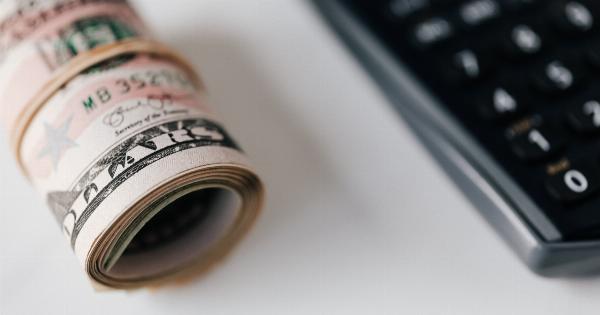Waxing is a popular hair removal method that results in smooth and long-lasting results. However, many people shy away from waxing due to the fear of pain associated with it.
The truth is, with the right techniques and preparation, waxing can be a relatively pain-free experience. In this article, we will share some tips and tricks to ensure a comfortable and pain-free waxing session.
1. Choose the Right Wax
One of the key factors in minimizing pain during waxing is choosing the right type of wax. There are various types of wax available in the market, including soft wax and hard wax.
Soft wax is applied with a paper or cloth strip and is suitable for larger areas of the body. Hard wax, on the other hand, is applied directly onto the skin and hardens before being removed. It is perfect for more sensitive areas like the face, underarms, and bikini line.
Opt for hard wax when possible as it adheres to the hair rather than the skin, resulting in less pain.
2. Exfoliate Before Waxing
Exfoliating your skin a day or two before your waxing appointment helps remove dead skin cells and allows for easier hair removal. Make sure to exfoliate gently using a body scrub or a loofah.
This will also help prevent ingrown hairs and improve the overall waxing experience.
3. Trim Your Hair
If your hair is too long, it can make the waxing process more painful. Trimming your hair to about a quarter of an inch prior to waxing ensures that the wax properly grips the hair and minimizes discomfort during removal.
However, make sure not to trim your hair too short, as it may result in the wax not being able to grip the hair effectively.
4. Apply Baby Powder
A common cause of waxing pain is the moisture on the skin. Before applying the wax, dust some baby powder onto the area to be waxed.
This helps absorb excess moisture and oils, allowing the wax to adhere better to the hair, rather than sticking to the skin.
5. Consider a Topical Anesthetic
If you have a low pain tolerance or are concerned about the discomfort, you may consider using a topical anesthetic cream or spray. These products numb the skin, making the waxing process more bearable.
It’s essential to do a patch test before applying it to a larger area to ensure you don’t have any adverse reactions.
6. Relax and Take Deep Breaths
Tension and anxiety can make the waxing process feel more painful than it actually is. It’s important to relax your body and mind during your waxing session.
Take deep breaths and try to focus on something else, such as listening to calming music or having a conversation with the esthetician. Relaxing your muscles can help lessen the pain.
7. Choose the Right Waxing Professional
Experienced estheticians who specialize in waxing are more likely to perform the procedure quickly and efficiently, minimizing accidental skin pulls and discomfort.
Do your research and find a reputable salon or esthetician who has good reviews and a solid track record in providing pain-free waxing experiences.
8. Understand the Post-Waxing Care
Proper aftercare plays a crucial role in minimizing pain and achieving optimal results. Avoid hot showers, saunas, steam rooms, and swimming for at least 24 hours after waxing, as the heat and moisture can irritate the freshly waxed skin.
Apply a soothing lotion or aloe vera gel to calm the skin and reduce any redness or inflammation.
9. Plan Your Waxing Session Wisely
It’s important to choose the right time for your waxing session, considering factors like your menstrual cycle, upcoming events, and sun exposure.
Getting waxed during your period may make your skin more sensitive, so it’s best to schedule your appointment a week before or after. Additionally, avoid sun exposure before and after waxing, as sunburned or tanned skin is more susceptible to pain and damage during waxing.
10. Practice Regular Waxing
The more frequently you wax, the less painful it becomes over time. Regular waxing helps weaken the hair follicles, resulting in finer and sparser hair growth.
Eventually, you may experience minimal discomfort or even painless waxing sessions, making it a breeze to maintain smooth and hair-free skin.




























